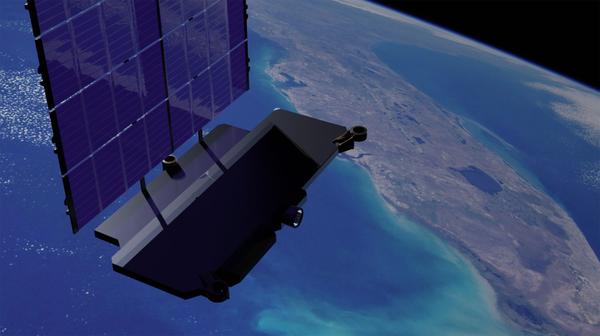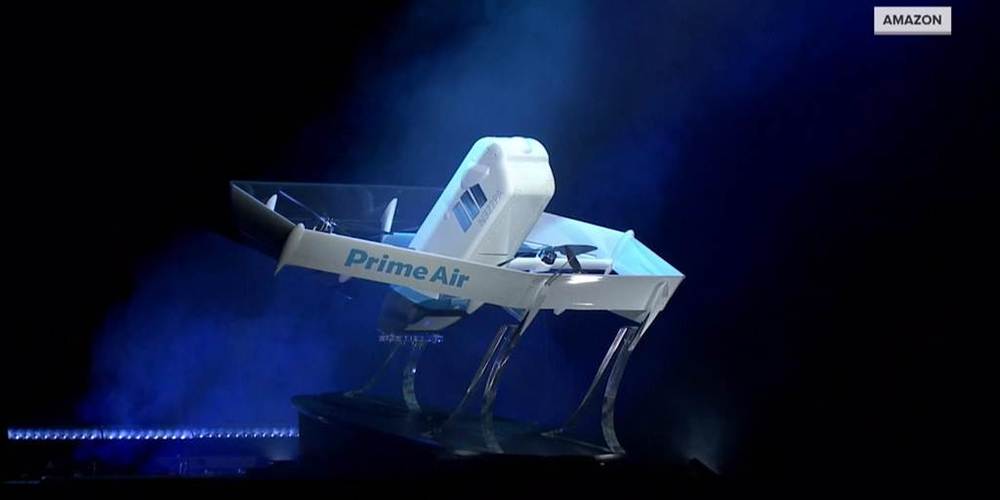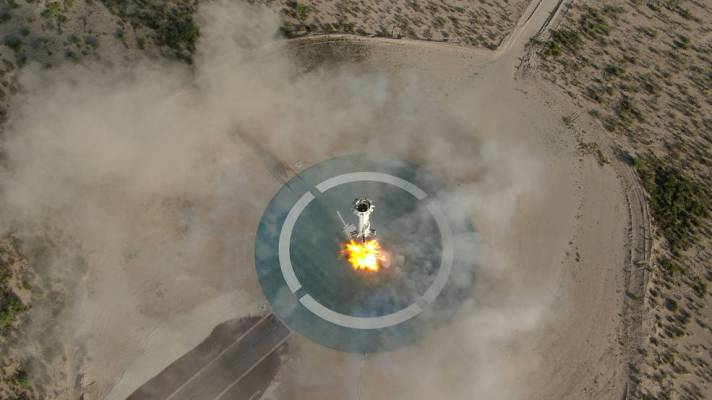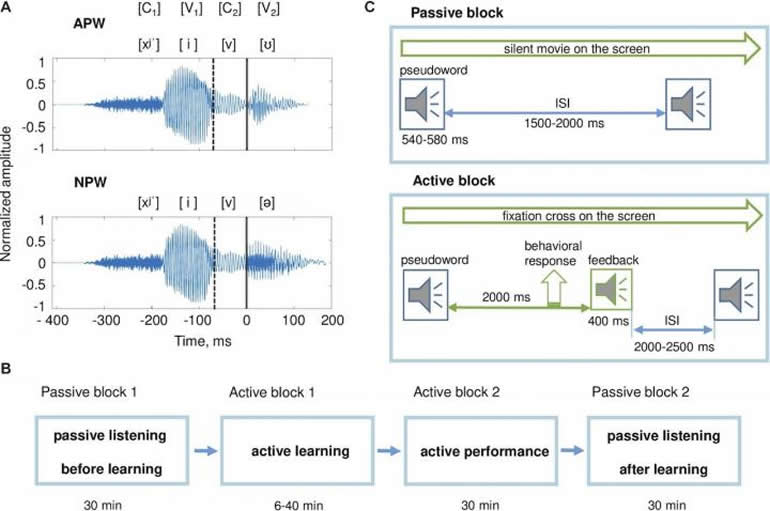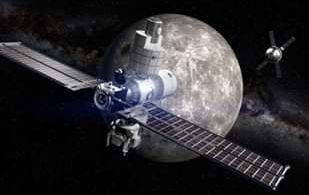Page 6215
Sep 18, 2020
Scientists just discovered an “impossible planet” orbiting too close to its parent star
Posted by Genevieve Klien in category: space
Planets that come into close contact with white dwarfs are usually destroyed in the process. Why wasn’t this one?
Sep 18, 2020
Morgan Stanley predicts SpaceX could be valued at $175 billion with Starlink’s revenue
Posted by Genevieve Klien in categories: internet, satellites
Starlink Digital Illustration Created By: Erc X @ErcXspace via Twitter.
SpaceX is building its Starlink broadband internet satellite network in low Earth orbit. To date, the aerospace company has deployed 708 satellites out of the 4,409 that will initially make-up the network. Company officials state the main focus of the network will be to connect rural areas on Earth to the internet, areas where internet access is unreliable and inaccessible. Starlink customers will receive service from space via user terminals that look like a ‘UFO on a stick’. The wireless service will be easy to install at home, just ‘plug-in and point at sky.’
The company has not made public how much the internet service will cost per month. Regarding the pricing, SpaceX President Gwynne Shotwell told reporters last year – “All I know is you will be far happier with the value of the Starlink service than you are with your current service. You will, for sure, get way more bandwidth for the same price, or way more bandwidth for less…You’ll be far happier with this. The value will be far greater.” Starlink customers would be supporting missions to Mars; the revenue will provide additional funding towards the development of a Starship fleet that would enable humans to live on the Red Planet.
Amazon has unveiled its self-piloting Prime Air drone that the tech giant says will soon be used to fly packages directly to customers’ doors. Amazon will be conducting test delivery flights in the months ahead. NBC’s Tom Costello reports for TODAY. June 6, 2019.
Sep 18, 2020
NASA to test precision automated landing system designed for the moon and Mars on upcoming Blue Origin mission
Posted by Genevieve Klien in categories: information science, robotics/AI, space travel
NASA is going to be testing a new precision landing system designed for use on the tough terrain of the moon and Mars for the first time during an upcoming mission of Blue Origin’s New Shepard reusable suborbital rocket. The “Safe and Precise Landing – Integrated Capabilities Evolution” (SPLICE) system is made up of a number of lasers, an optical camera and a computer to take all the data collected by the sensors and process it using advanced algorithms, and it works by spotting potential hazards, and adjusting landing parameters on the fly to ensure a safe touchdown.
SPLICE will get a real-world test of three of its four primary subsystems during a New Shepard mission to be flown relatively soon. The Jeff Bezos –founded company typically returns its first-stage booster to Earth after making its trip to the very edge of space, but on this test of SPLICE, NASA’s automated landing technology will be operating on board the vehicle the same way they would when approaching the surface of the moon or Mars. The elements tested will include “terrain relative navigation,” Doppler radar and SPLICE’s descent and landing computer, while a fourth major system — lidar-based hazard detection — will be tested on future planned flights.
Currently, NASA already uses automated landing for its robotic exploration craft on the surface of other planets, including the Perseverance rover headed to Mars. But a lot of work goes into selecting a landing zone with a large area of unobstructed ground that’s free of any potential hazards in order to ensure a safe touchdown. Existing systems can make some adjustments, but they’re relatively limited in that regard.
Sep 18, 2020
Study Shows How Fast Our Brains Are at ‘Recording’ New Words
Posted by Genevieve Klien in category: neuroscience
Summary: Cortical representations for the sounds and meanings of new words learned form within an hour or two following exposure.
Source: Skoltech
How much time does a brain need to learn a new word? A team of Skoltech researchers and their colleagues monitored changes in brain activity associated with learning new words and found that cortical representations of the sound and meaning of these words may form in just 1 to 2 hours after exposure without any night’s sleep consolidation, as earlier research suggested. This research has implications for diagnosing speech disorders and improving the efficiency of learning. The paper was published in the journal Frontiers in Neuroscience.
Sep 18, 2020
World’s First Push Button Blood Collection: No More Needles?
Posted by Ira S. Pastor in category: biotech/medical

Ira Pastor, ideaXme life sciences ambassador, interviews Rick Bente, MSc, MBA, BS, CEO of Seventh Sense Biosystems.
Ira Pastor Comments:
Continue reading “World’s First Push Button Blood Collection: No More Needles?” »
Sep 18, 2020
Gravity Assist: Is Artifical Intelligence the Future of Life?
Posted by Alberto Lao in categories: futurism, space
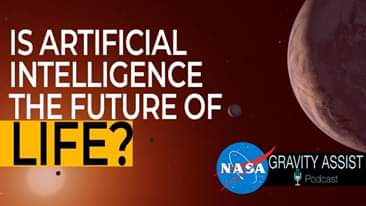
Has science fiction shaped our thoughts about space? In a new episode of our #GravityAssist podcast, astrobiologist Susan Schneider shares her theories on what life might be like in the future.
🎧 Listen: https://go.nasa.gov/3mfxZE4
Click on photo to start video.
Space station around the Moon!! But when and how?? Watch yourself!! #MoonExploration #SpaceExploration


